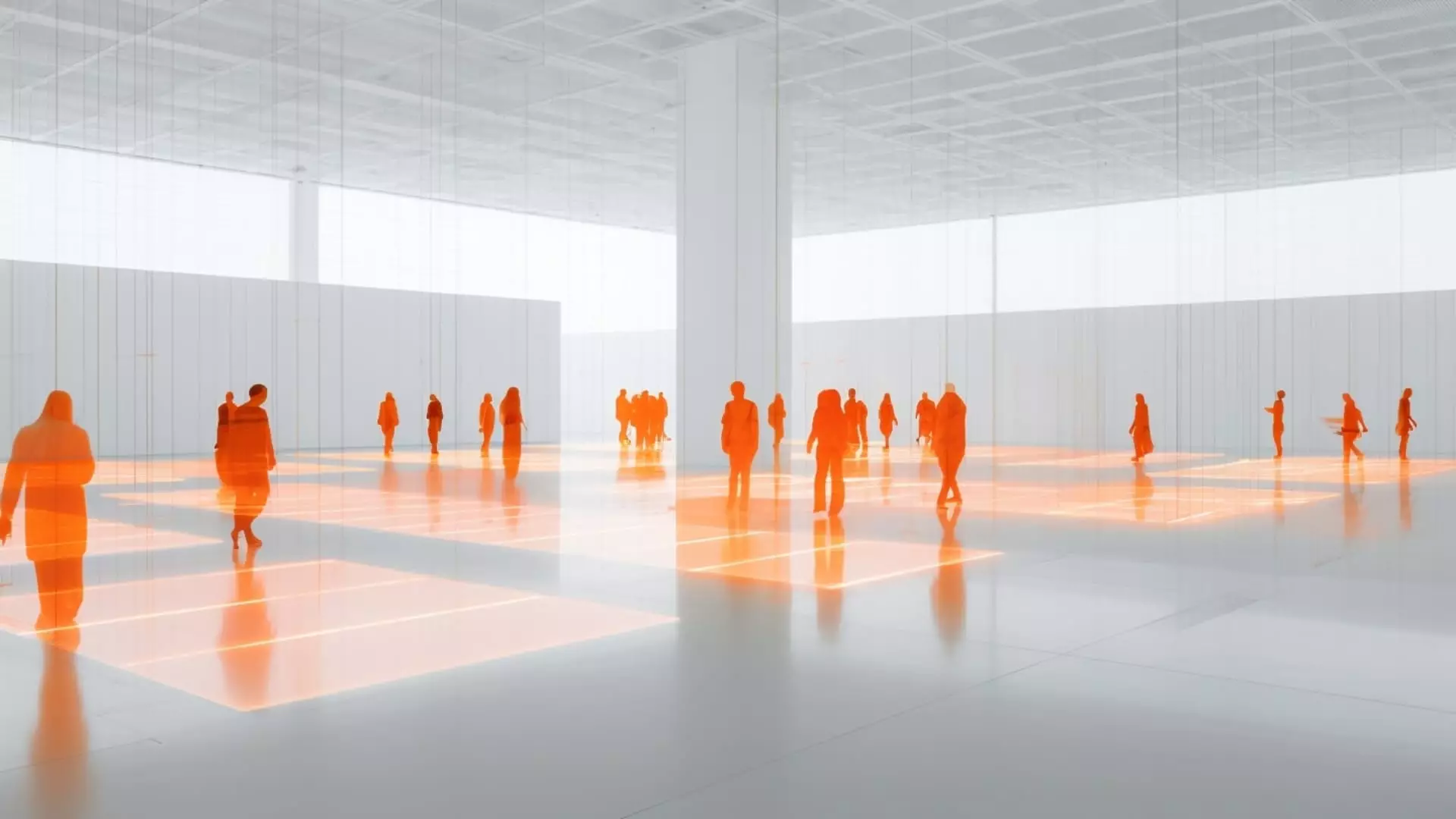In recent years, the discourse surrounding office environments has undergone a dramatic transformation. Swallowed by the pandemic, businesses worldwide are scrambling to redefine the purpose of their physical spaces. The narrative often sounds progressive, emphasizing cost-efficiency, employee well-being, and technological advancement. But beneath this promising veneer lies a troubling tendency to obscure deeper economic and cultural issues. Companies like Butlr, a startup leveraging body heat to analyze office occupancy, exemplify this shift. While their technology appears innovative, it also highlights an obsession with micromanaging work environments under the guise of efficiency and profitability, often at the expense of genuine workforce engagement and economic prudence.
The allure of high-tech solutions such as AI-driven sensors providing anonymous data is undeniable. These innovations offer a tempting narrative: that understanding employee behavior without intrusive cameras can foster better spaces and save costs. Yet, the underlying motivation is often driven by a desire for better control, increased productivity, and ultimately, higher profits. This obsession with quantifying human interaction risks commodifying the workspace, reducing complex social dynamics to unfeeling metrics. It is inherently paternalistic to think that subtle heat sensors can truly capture the nuances of collaboration, creativity, and individual productivity, which are inherently intangible and deeply human.
Economic Realities and Escalating Office Costs
The push for technologically enhanced spaces coincides with a stark reality. According to recent reports from industry giants like JLL, the expense of upgrading and maintaining office infrastructure is skyrocketing. Material costs are ballooning, labor shortages persist, and economic uncertainty discourages long-term investments. It’s a paradox: businesses are eager to return to offices, yet are simultaneously cautious about the costs involved. The insistence on high-end fit-outs—luxurious materials, smart layouts, and energy-efficient systems—further strains budgets. These investments, often justified by the promise of a more productive and appealing workplace, threaten to backfire if they are not anchored in realistic financial planning.
What’s more troubling is that this focus on upgrading office aesthetics and technological sophistication often distracts from addressing fundamental economic challenges: declining real estate yields, rising operational costs, and shifting workforce attitudes. The glitter of new gadgets and sensor networks cannot hide the fact that economic uncertainty remains a formidable barrier to robust commercial real estate (CRE) growth. Companies might be tempted to chase the latest trends in “smart” spaces, but prudent investors should question whether these expenses genuinely confer long-term value or simply serve as shiny distractions from core financial issues.
Work Culture, Flexibility, and the Illusion of Control
While technological advancements seem to promote a more data-driven understanding of office usage, they also perpetuate a broader cultural shift—one that values flexibility but seeks to limit the chaos of human interaction. Offices are evolving into highly curated environments aimed to maximize control and transparency. The focus on hybrid models, reinforced by monitoring tools, suggests a desire to micro-manage employee presence, attendance, and engagement—effectively turning workspaces into monitored zones rather than organic communities.
This tendency to treat workplace dynamics as problems to be solved through cold data analytics risks eroding trust and autonomy. It subtly shifts the narrative from empowering employees to control them, all under the guise of fostering a more productive or collaborative culture. Moreover, this surveillance-driven approach undervalues the human aspects of work—emotion, spontaneity, and unpredictable creativity—that cannot be distilled into sensor data. The danger is that workplaces become sterile, monitored environments that prioritize operational metrics over genuine human interaction and well-being.
Furthermore, the push for data-backed workspace optimization embodies a form of superficial innovation—appealing on the surface but devoid of transformative cultural change. It’s a distraction from addressing fundamental issues such as employee satisfaction, work-life balance, and organizational trust. As companies pour resources into high-tech office upgrades, they risk neglecting the vital task of creating meaningful, human-centered workplaces that truly meet employees’ needs.
The enthusiasm for data-driven office optimization and high-end renovations reveals a broader societal tendency to overemphasize technological solutions at the expense of long-term cultural and economic realities. While innovation has a role, it should serve as a complement—not a substitute—for sound economic policies, genuine employee engagement, and a balanced approach to workplace evolution. As the market becomes increasingly saturated with shiny gadgets and sensor networks, wise investors and business leaders must ask: are these innovations truly creating sustainable value, or are they merely masking deeper systemic issues? The truth is that meaningful progress will come not from surveillance and superficial upgrades but from fostering authentic work environments rooted in trust, economic prudence, and respect for human dignity.


Leave a Reply